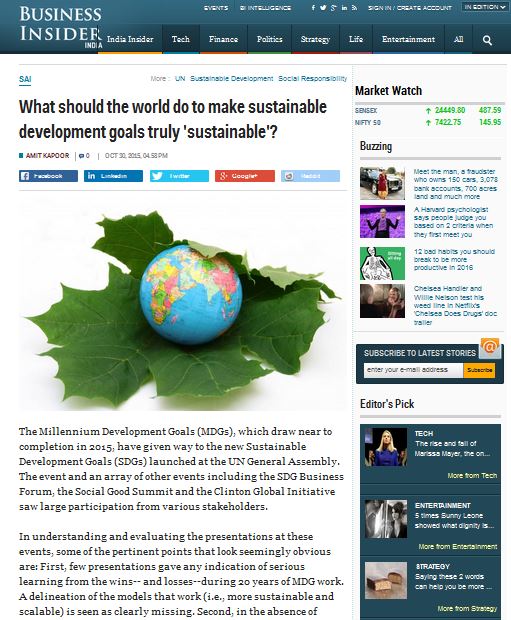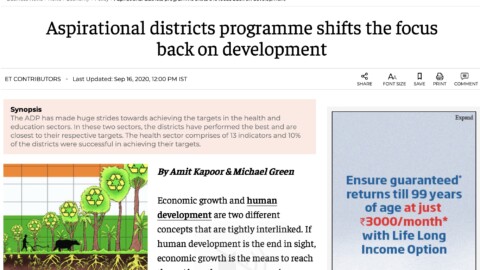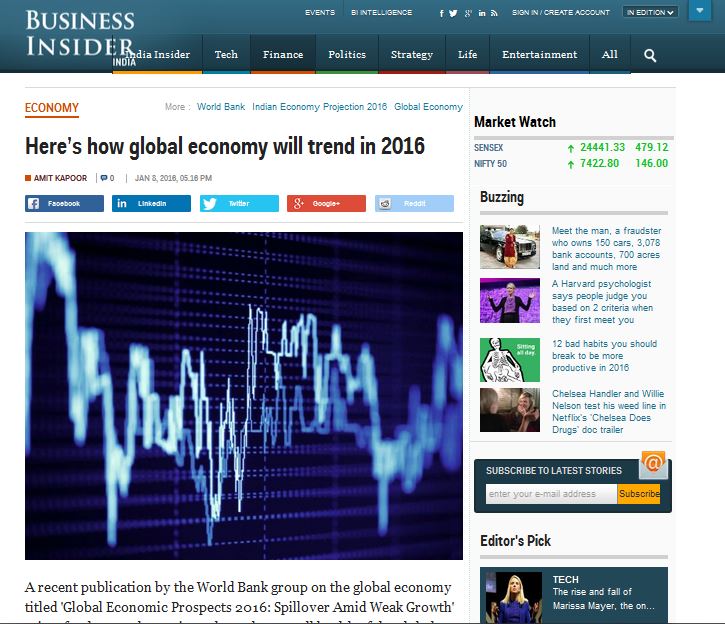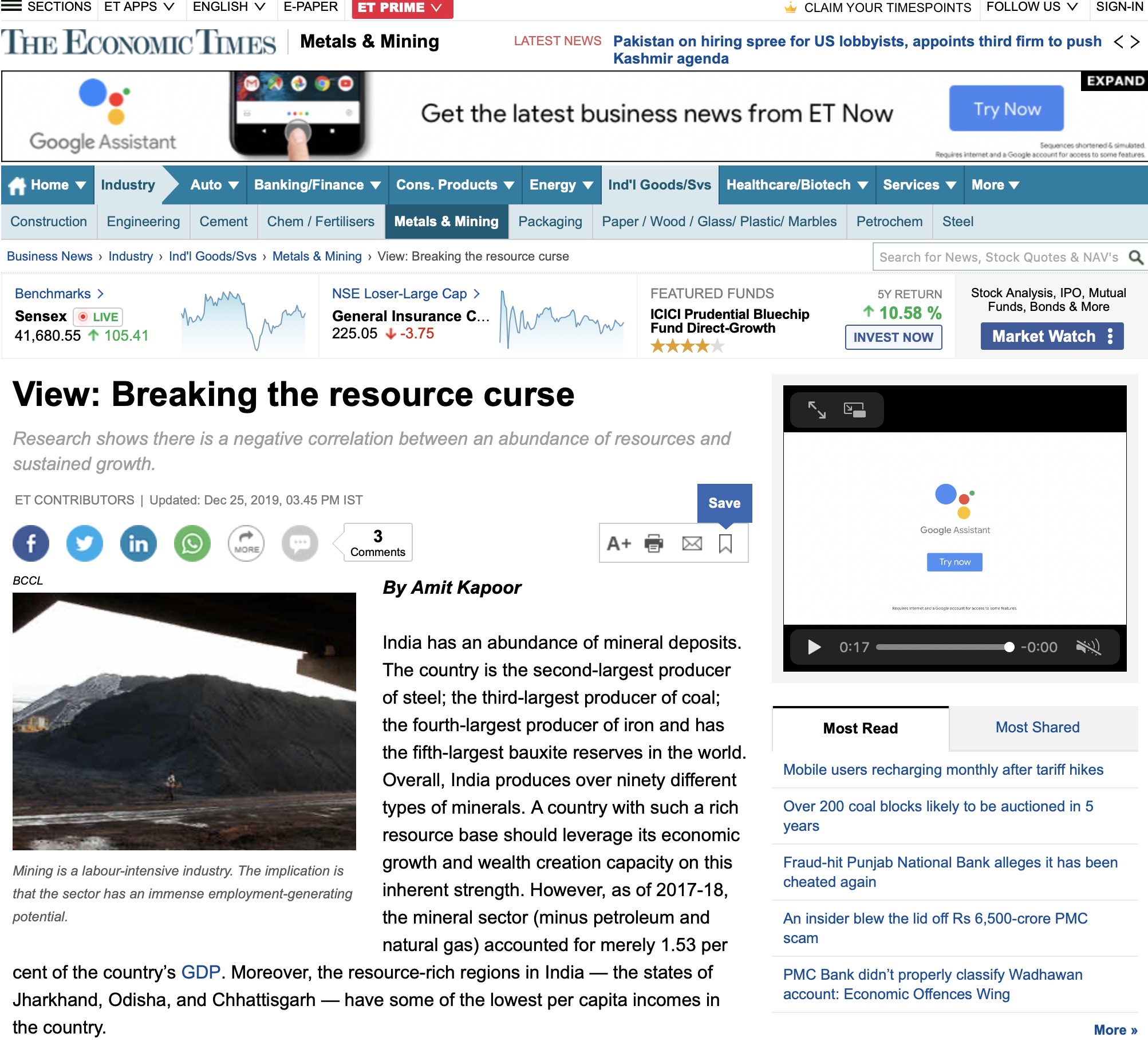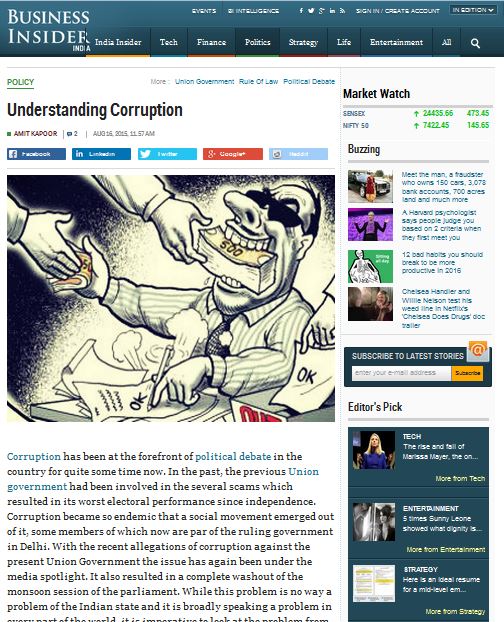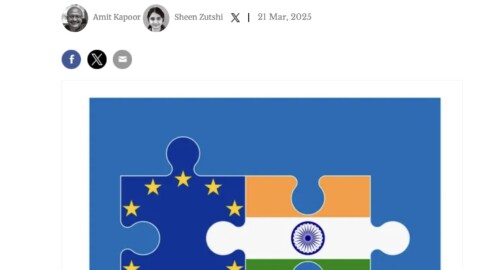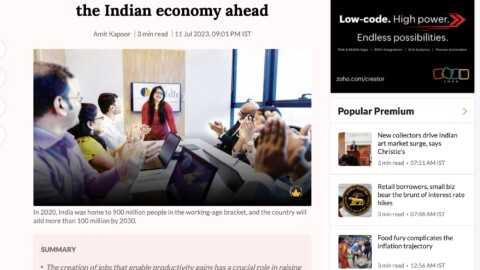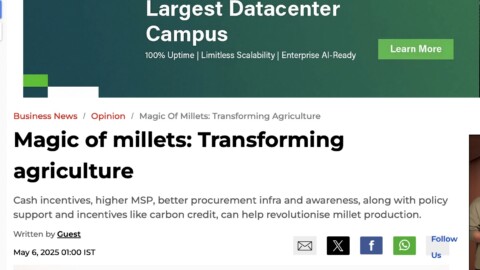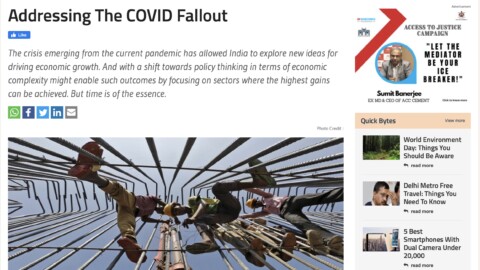What should the world do to make sustainable development goals truly ‘sustainable’?
The Millennium Development Goals (MDGs), which draw near to completion in 2015, have given way to the new Sustainable Development Goals (SDGs) launched at the UN General Assembly. The event and an array of other events including the SDG Business Forum, the Social Good Summit and the Clinton Global Initiative saw large participation from various stakeholders.
In understanding and evaluating the presentations at these events, some of the pertinent points that look seemingly obvious are: First, few presentations gave any indication of serious learning from the wins– and losses–during 20 years of MDG work. A delineation of the models that work (i.e., more sustainable and scalable) is seen as clearly missing. Second, in the absence of learning frameworks, presenters reiterate the same problems, now expanded to 17 goals and 169 targets. The result is a plea for more resources to support the new SDGs without any evidence that those resources will be employed more effectively. Third, the core request at these events was for more than four trillion dollars per year to implement the SDGs over 15 years.
This logically leads to two important questions i.e., how can you call the goals replacing the MDGs sustainable if they lead with requests for resources that are not? At the beginning of the SDG process, what should the worlds’ governments, corporates and NGO leaders focus on now to make the new global goals actually sustainable?
Answering these questions is at the heart of societal businesses value creation that seeks to find the most innovative and sustainable models for solving intractable challenges. Societal business search firms have advocated tirelessly the need to identify models that 1) can be scaled and 2) are not reliant on non-profit funding (which is donation-dependent and driven by the dictates of donors.)
The best models that have found have had social entrepreneurs at the helm who see the world differently. They frequently take the “against” position (http://goo.gl/XHWj6x). For instance, in branding, claiming the against position means using a competitor’s dominant spend and mindshare to carve out an anti-space—the Un-cola for example. Social entrepreneurs are quintessential against positioners. [Microfinance inventor] Mohammed Yunus stated it clearly: “I looked at how traditional banks do business and we did the opposite.” In very practical terms, these stubborn, opinionated entrepreneurs frequently show up after the aid and development models have failed or at least failed to become sustainable. Their arrival on the scene is less a ‘Kumbaya’ moment and more a “disruptive innovation” one.
Social entrepreneurs are relentlessly focused on what they have learned. Their conversations highlight the innovations that are rolled into ingenious, often cross-sector models and as the people who use these models to solve their own and others problems. Their resource requests are framed by why their model should be scaled and how it can replace less effective approaches. The primary goal for these innovative social entrepreneurs is to demonstrate that appropriate capacity building and scale enables their hybrid or for-profit innovation models to solve problems sustainably, thus reducing dependence on fundraising.
To deliberate on these emerging business models The Shared Value Summit 2015, is being organized by Shared Value India on November 20th, 2015 (http://sharedvalue.in/svs2015/). The summit will see participation from various stakeholders who will deliberate and discuss key opportunities that businesses can and are leveraging to create societal value.
Already, social entrepreneurs have offered five critical solutions to the problem of making the Sustainable Development Goals truly sustainable: First, recognizing that any commitment to achieving the SDGs must avoid Einstein’s famous definition of insanity: Doing the same thing and expecting different results. Second, authentic commitment to the SDGs requires leaders to recognize one simple reality: It is not possible to have sustainable development goals without sustainable models that leverage under-utilized resources. Third, serious SDG innovators recognize that the current donor, foreign aid and resource investment processes are not sustainable. They call attention to inadequacies and offer new models and leadership to move significant resources from unsustainable models to sustainable models. Fourth, any leader pleading for more funding should be able to explain how his/her organization will deploy that funding to scale solutions that are more sustainable than those that failed to achieve most of the MDGs. Finally, significantly improved sustainability requires the ongoing evaluation of all investments, models and approaches employed. The most sustainable solutions should then be aggressively adopted across sector and country boundaries, no matter their origin or disruption.
Increasingly, leaders are being asked to challenge the status quo. These leaders—often disruptors—no longer target seed stage or individual impact investments. The most impactful leaders know that pilots do not lead to scaling or to sustainability.
Social entrepreneurs thrive at risk taking and from learning rapidly about what doesn’t work. These are the sustainable, scale-oriented models and management teams that are best equipped to handle significant capital and to shift how these goals are achieved to sustainable development goals.
Published in Business Insider on October 30, 2015. To know more
